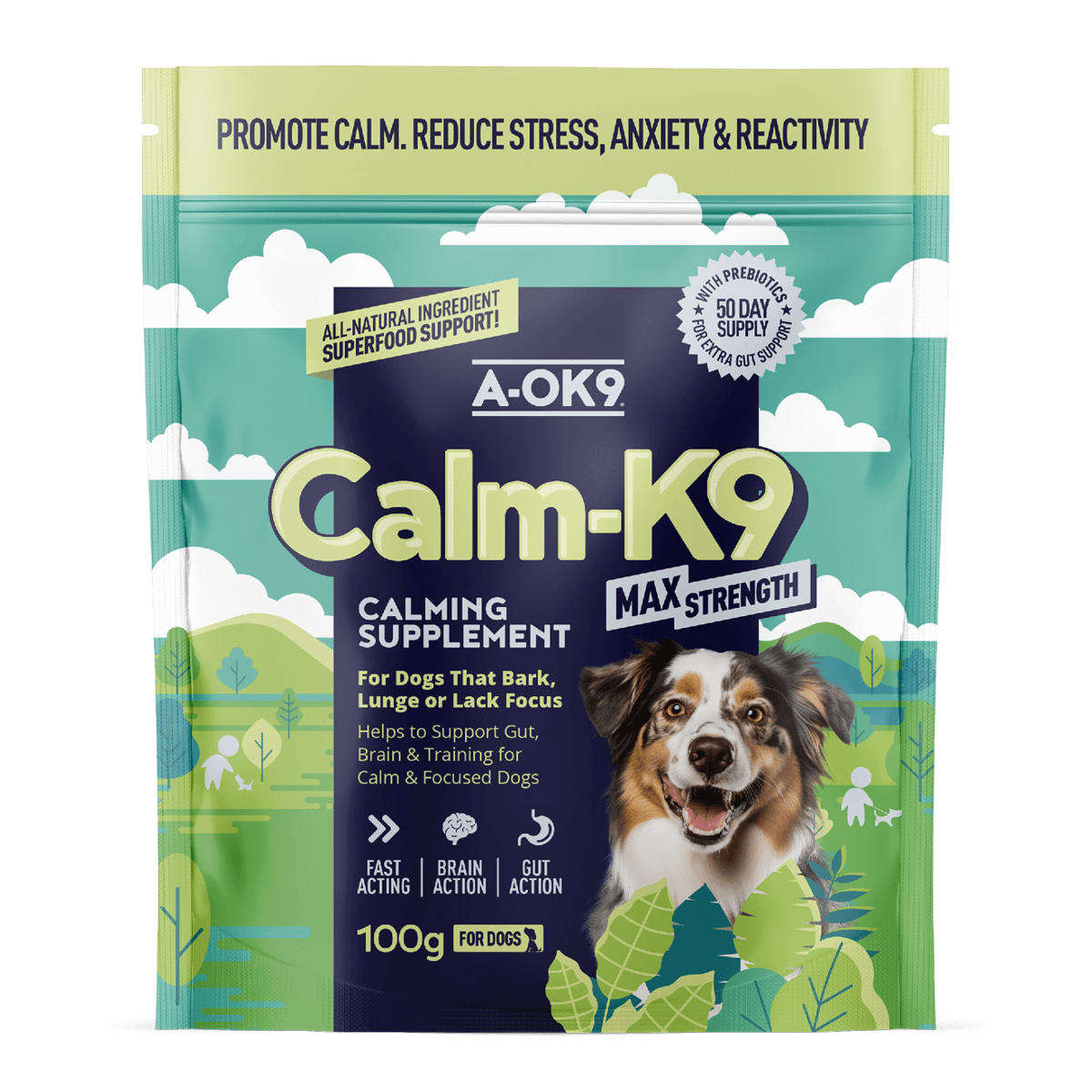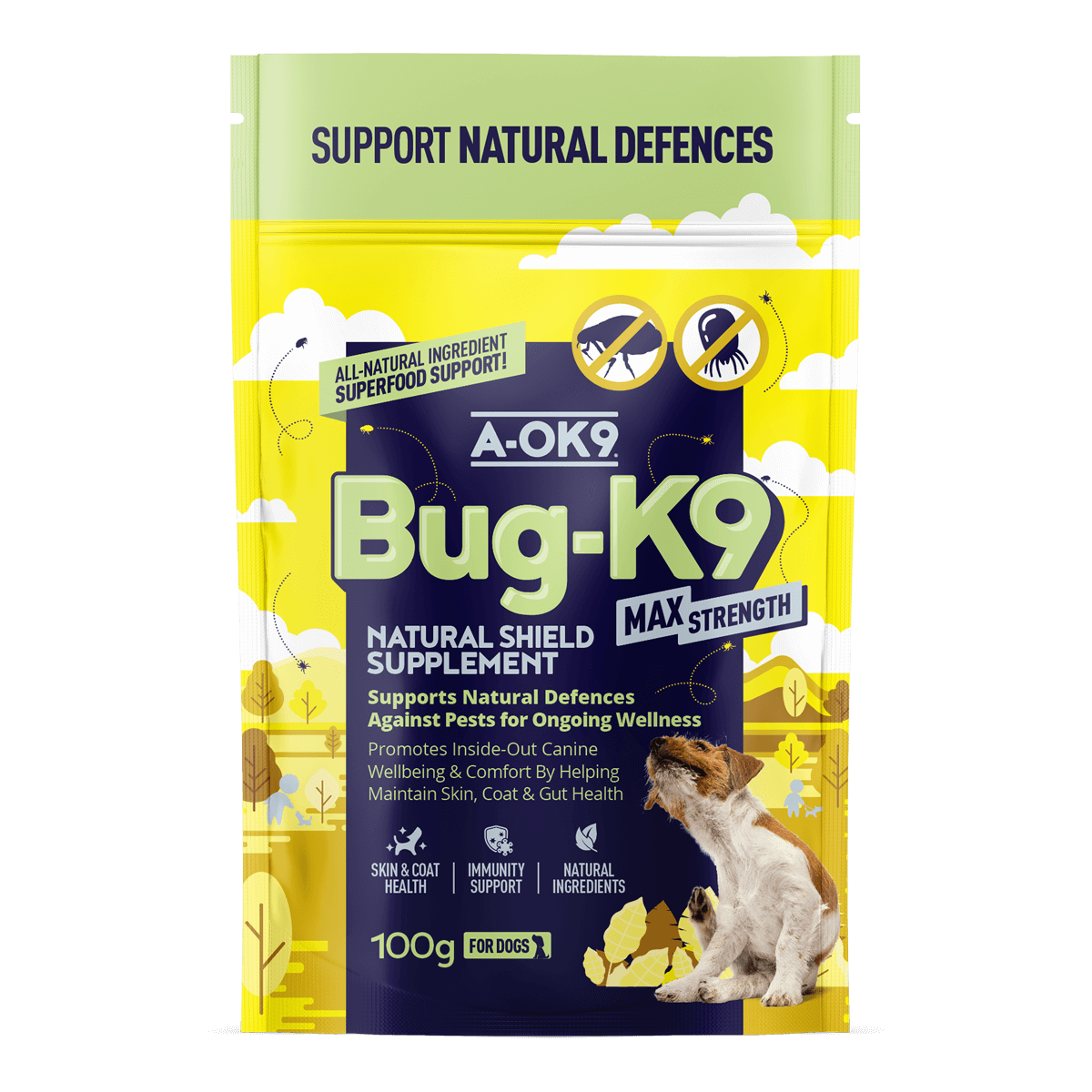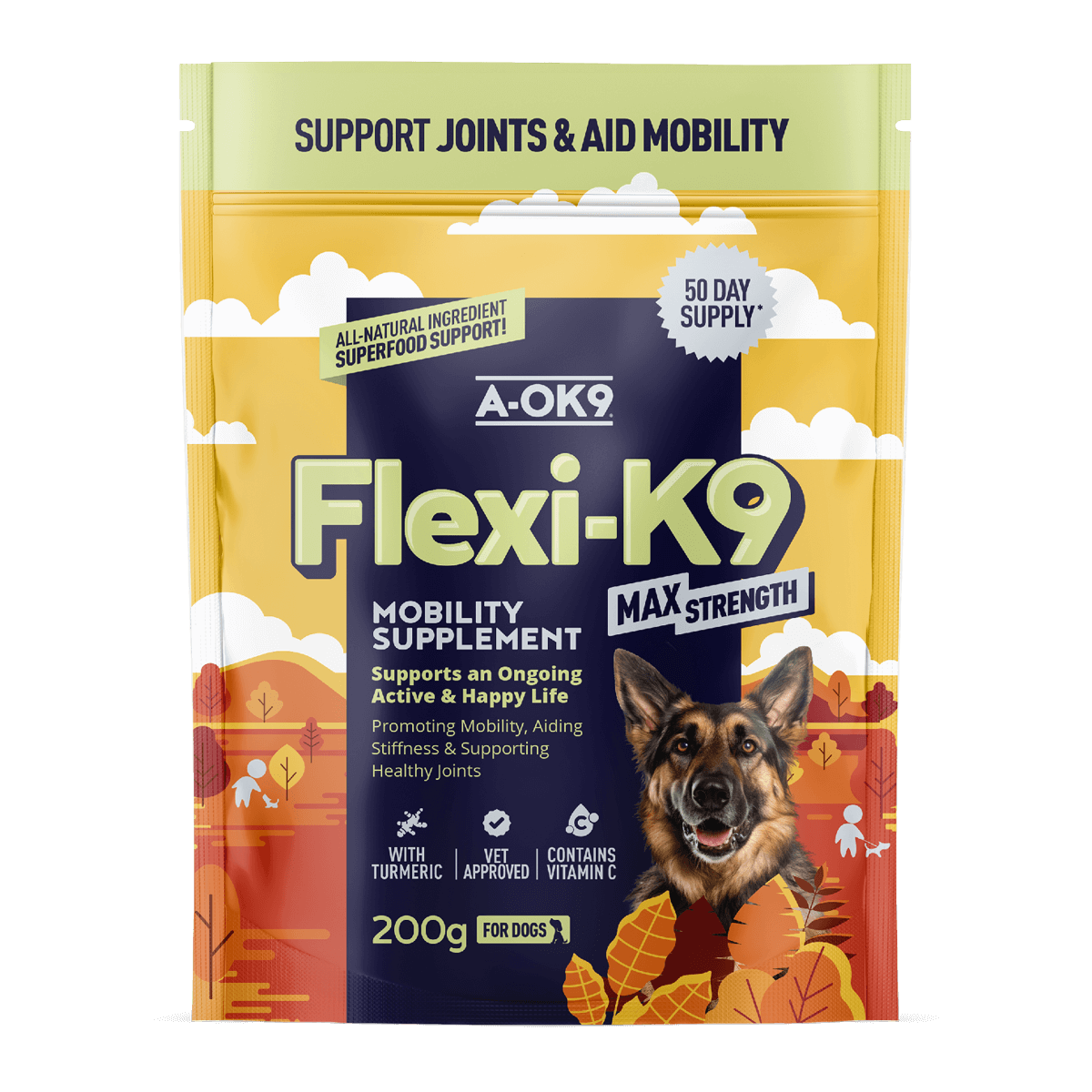Dr. Tom’s 5 K9 Wellness Checks for Sunny Walks
When you got a dog, like us you probably dreamt of those warm summer days, walking in the open countryside and watching your pooch frolic amongst the long grass. An enjoyable time for you both, a chance for your dog to run off excess energy and a chance for you to enjoy nature without a raincoat and a pair of wellington boots.
And if that is/was your dream, then you’d be right! There really is nothing better or more rewarding, but there are also checks which we should all be undertaking to ensure that our dog’s wellness is being protected.
Long walks in warm climates, if not prepared for, can lead to a multitude of issues including lameness, dehydration and becoming an unsuspecting host to nasty parasites!
Below we have compiled a list of Dr. Tom Mitchell’s top tips for making sure your sunny dog walks are enjoyable for everyone.
1. Hydration
We can all be guilty of this one, how many times have you got to the end of a day out in the sun and realised that you have a headache, a headache brought on by a lack of our trusty old pal, H2O?
In fact, many dogs, when they’re in the zone, sniffing out interesting smells, chasing insects and running around like loons are not going to turn around and ask you for a bowl of water. Therefore, it’s down to you to remember! Water is crucial to staying happy and hydrated all year round, but especially on a sunny day.
Top tip for hydration! If you struggle to get your dog to drink when you’re out and about, why not try Fresh-K9, our electrolyte boosting recovery drink - oh, and did we mention it’s chicken flavour?
2. Lameness
Lameness can be brought on by injuries, but also a sudden introduction to unusual levels of exertion. The best way, in our opinion, to avoid lameness is to maintain a solid level of fitness.
A level plain of exercise is the best way to build up stamina, and here at A-OK9 HQ we have also developed a unique blend of superfoods to support joints and limbs in dogs of all ages.
Spotting lameness, to the untrained eye can be tricky. Which is why it’s important to study our dogs and get to know their normal movement during walks and play. If you spot that your dog isn’t moving as they usually would, it’s time to take some rest. Monitor any unusual patterns in their movement and we would always recommend seeking out the opinion of your local vet if concerned.
Top tip for lameness! Lameness is sometimes unavoidable, but there are ways to ensure that you’re supporting your dog’s joint wellness and mobility daily. See here for more information.
3. Parasites
It’s that time of the year again, folks. If your dog is playing in the woods, long grass or near water then you absolutely NEED to be checking their coats. Fleas, Ticks and Mites love to hang out in all of these places and your dog is never going to tell you they’re itchy until it’s too late.
Ticks are especially abundant at this time of year, and A-OK9 have a handy tool to rid you and your pooch of ‘Ticky Situations’!
Top tip for ticks! Our A-OK9 Tick Twister packs come with three handy tools to rid your dogs of ticks no matter what size they are.
4. Fatigue
A 5 mile walk in 15°C heat is a whole other ball game to a 5 mile walk in 25°C heat. During hot spells, your dog’s body will be working overtime to keep them cool. Unlike humans, dogs cannot sweat, meaning that regulating their temperature can be extremely difficult, particularly if they are a breed with a thick coat.
If you notice your dog is panting, take a break. Seek out a shady spot, offer a drink and wait for their breathing to return to normal before carrying on.
Top tip for fatigue from heat! Gleam towels serve a multitude of purposes, but soaked in cool water, they can be applied to the dog’s body to assist with cooling down during rest stops.
5. The Full Bucket
We all have a quota for how much stress or excitement we can handle in a day. Your dog is no different. Take note of anything that your dog may encounter that could lead to differing levels of arousal - this could be a squirrel, a barking dog lunging at the end of its lead, a farmer whizzing past on a quad bike or a steaming pile of sheep poo that you’ve (quite rightly) told them that they can’t eat.
A spike in arousal is usually something we can recover from, but it is ultimately down to you to restore those levels of calm. If we don’t engage with this, we could end up with a dog that doesn’t listen, struggles to disengage from its surroundings, is hyper alert and generally stressed.
If a relaxing walk is the aim of the game, then instilling calmness should always be a number one priority.
Top tip for ‘The Full Bucket!’ Making the connection between gut wellness and mental health in dogs has been a Game Changer for thousands of dog owners. Give your dog their best chance of taking things in their stride with Calm-K9.


























Leave a comment (all fields required)